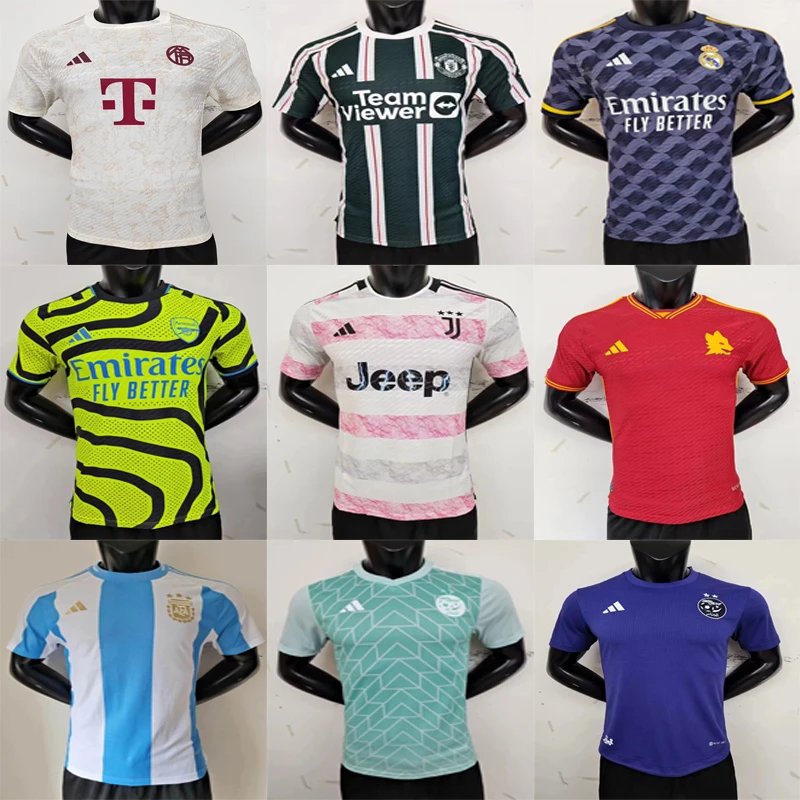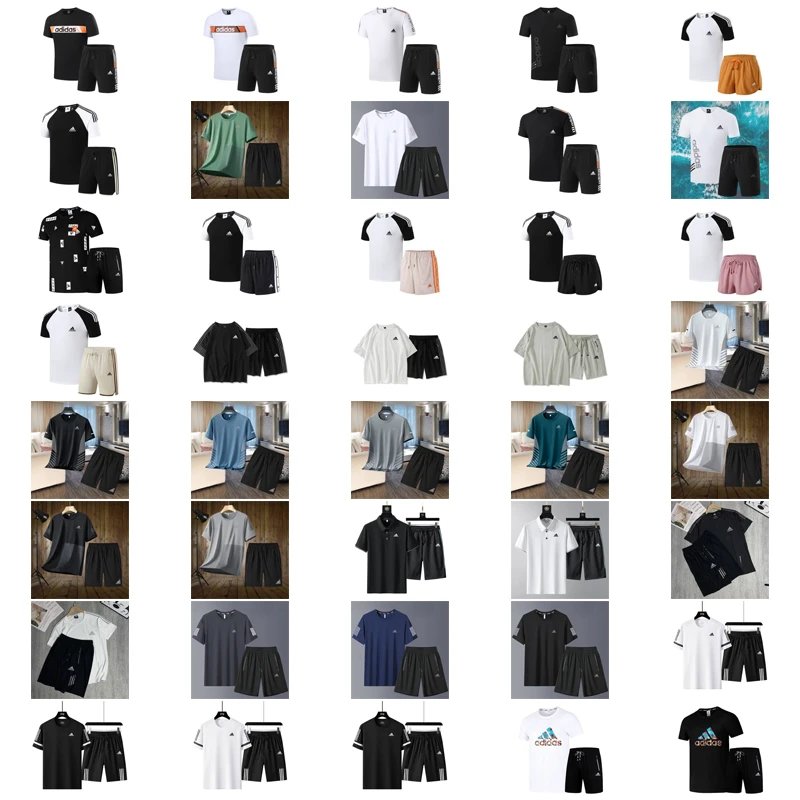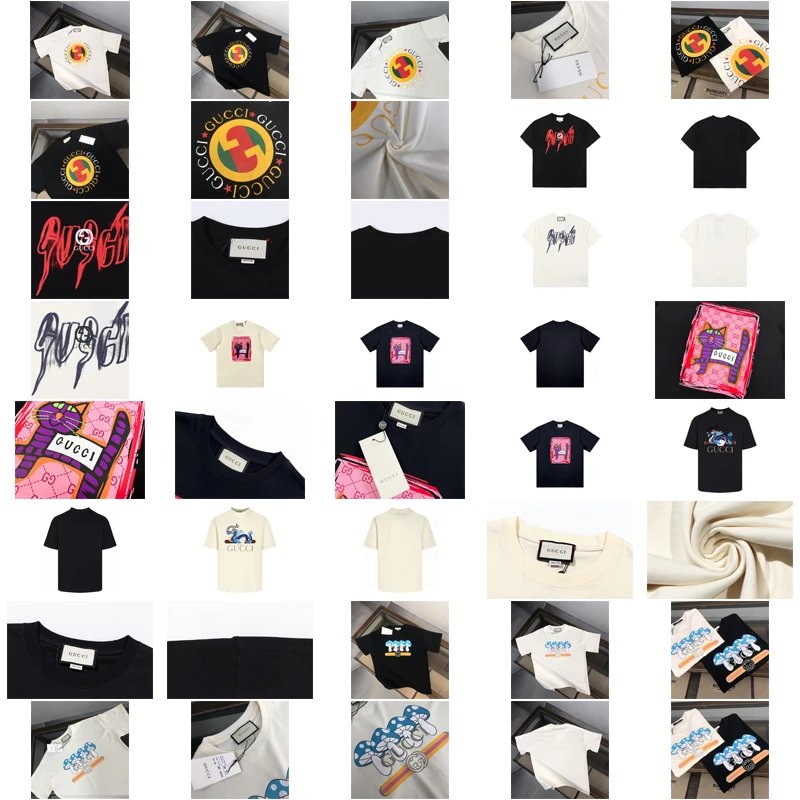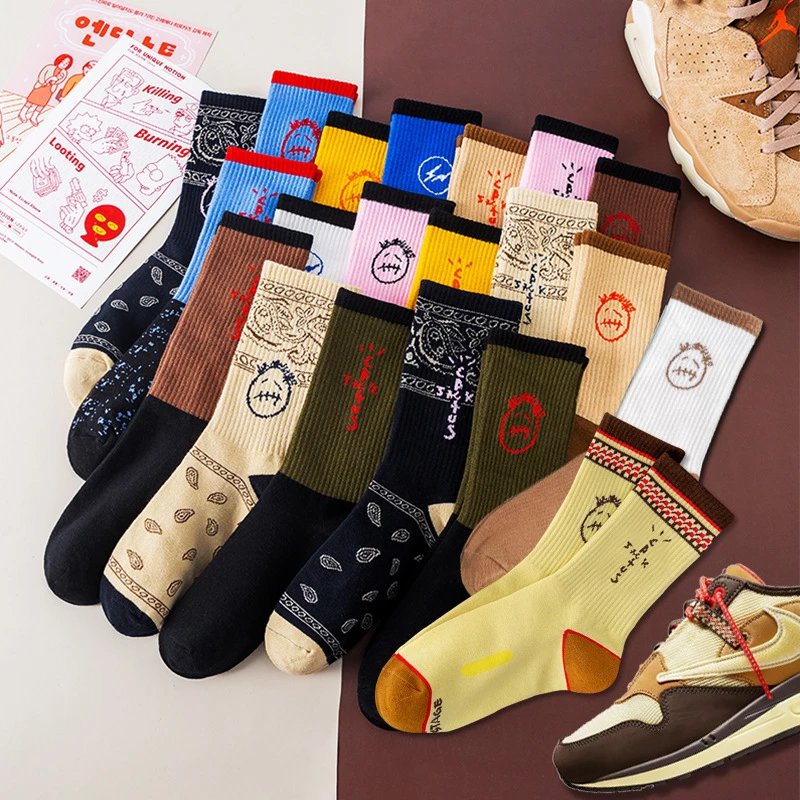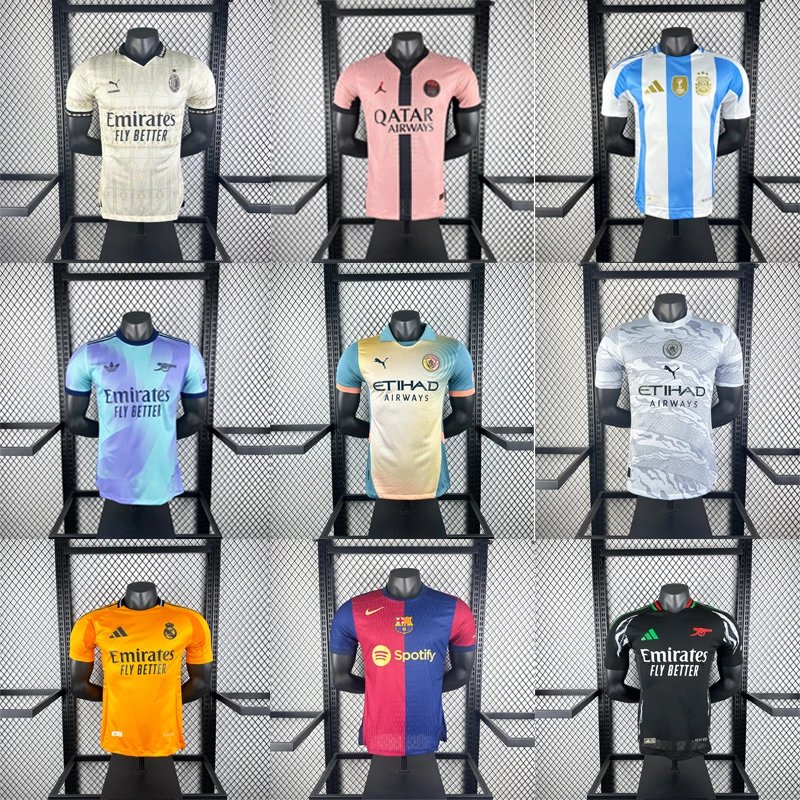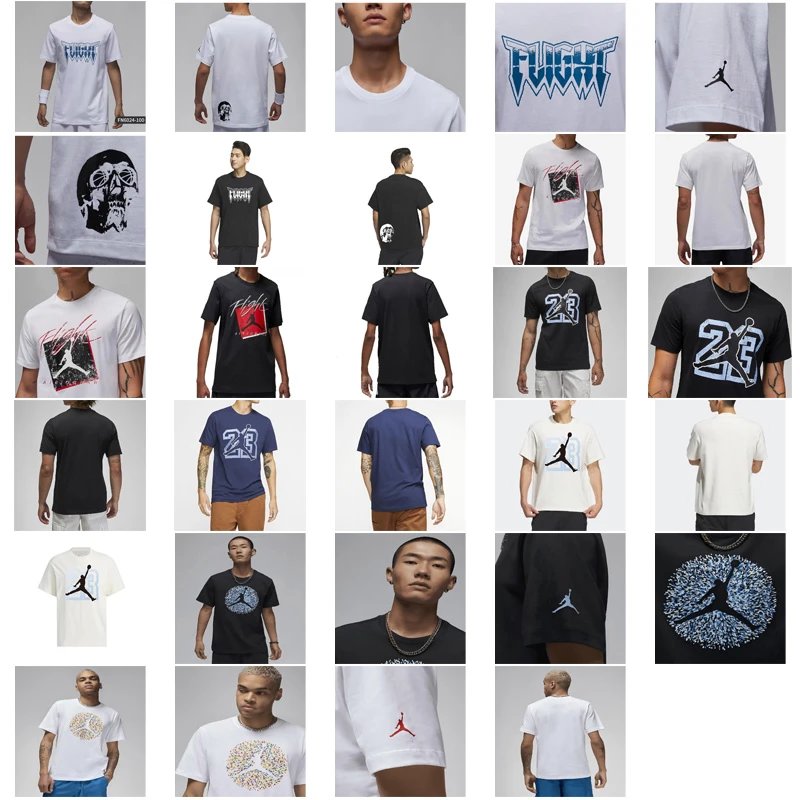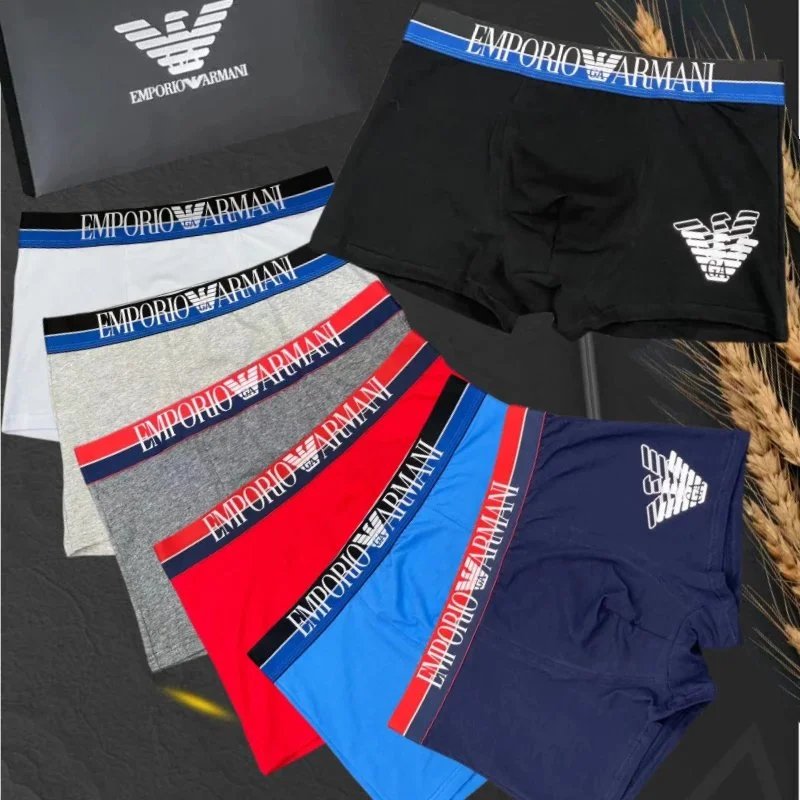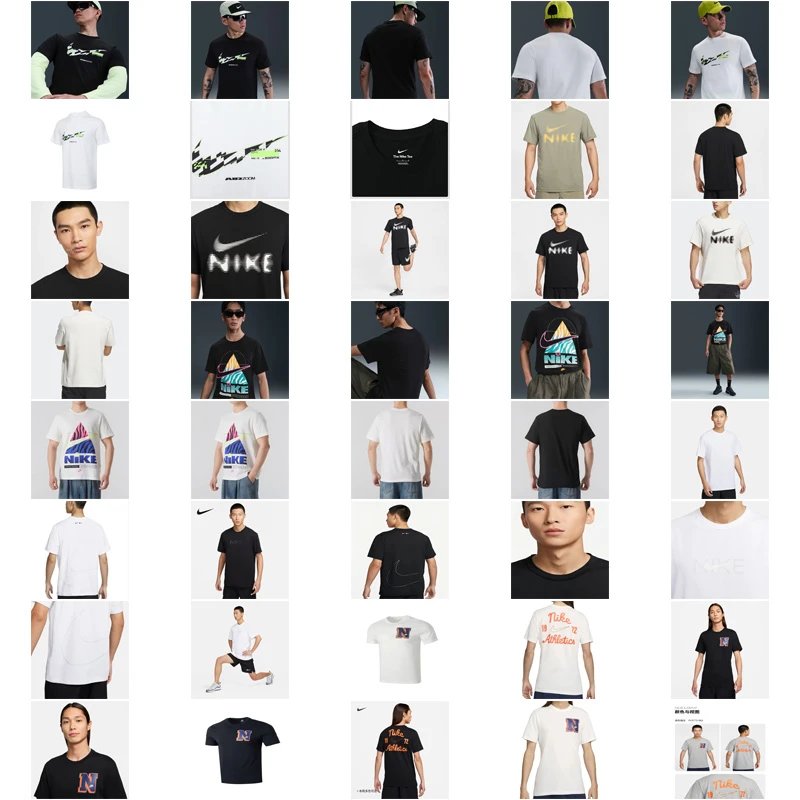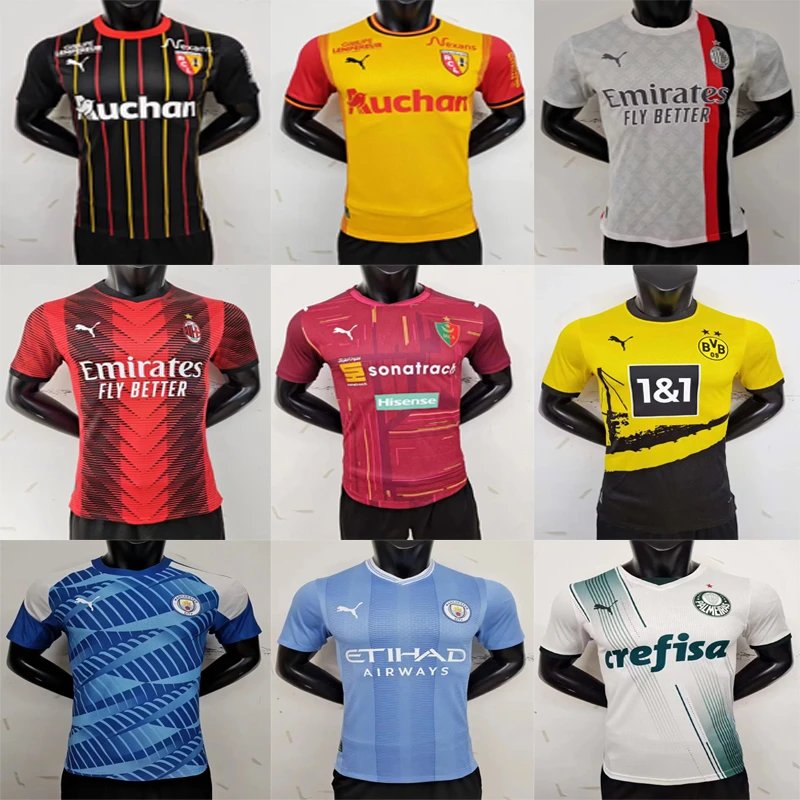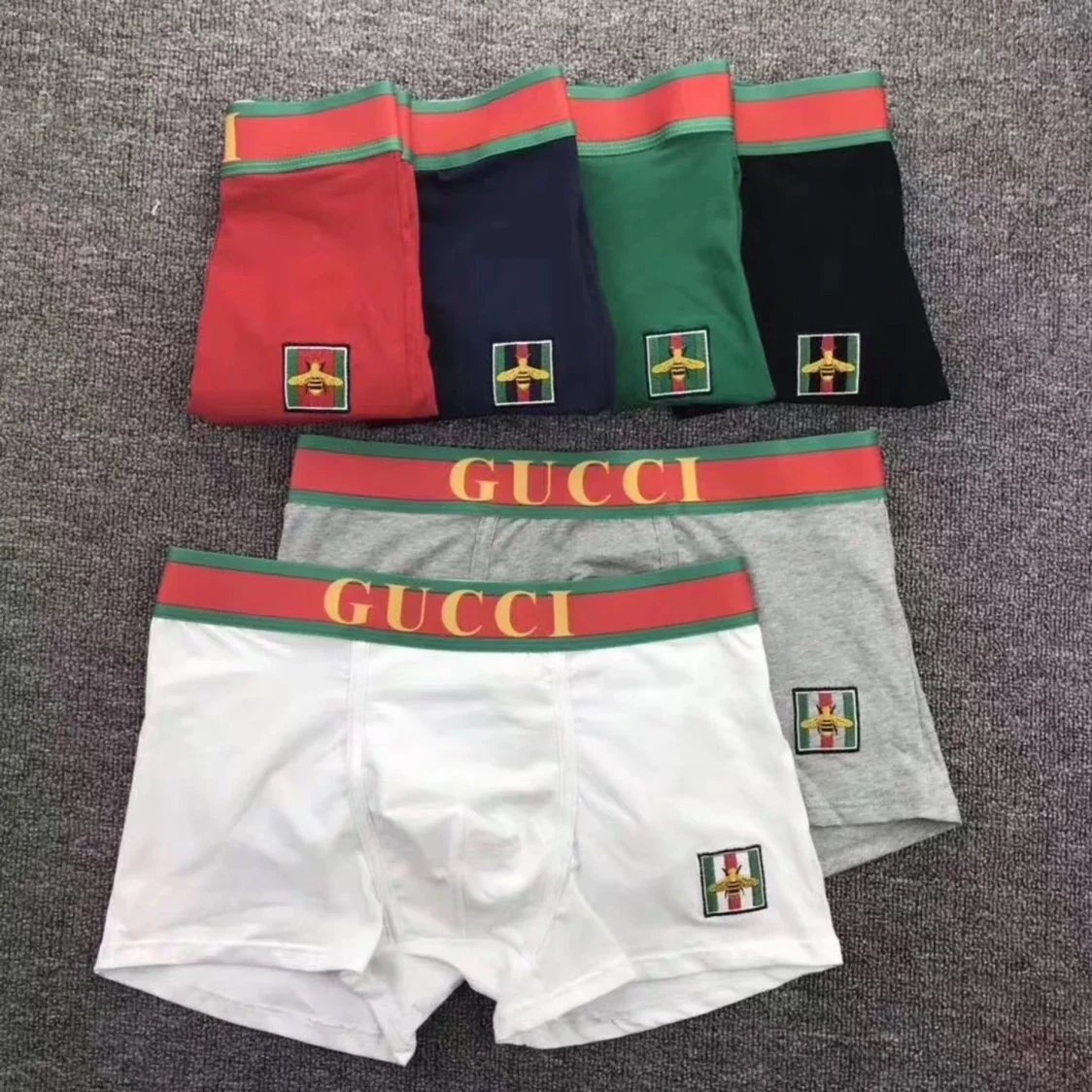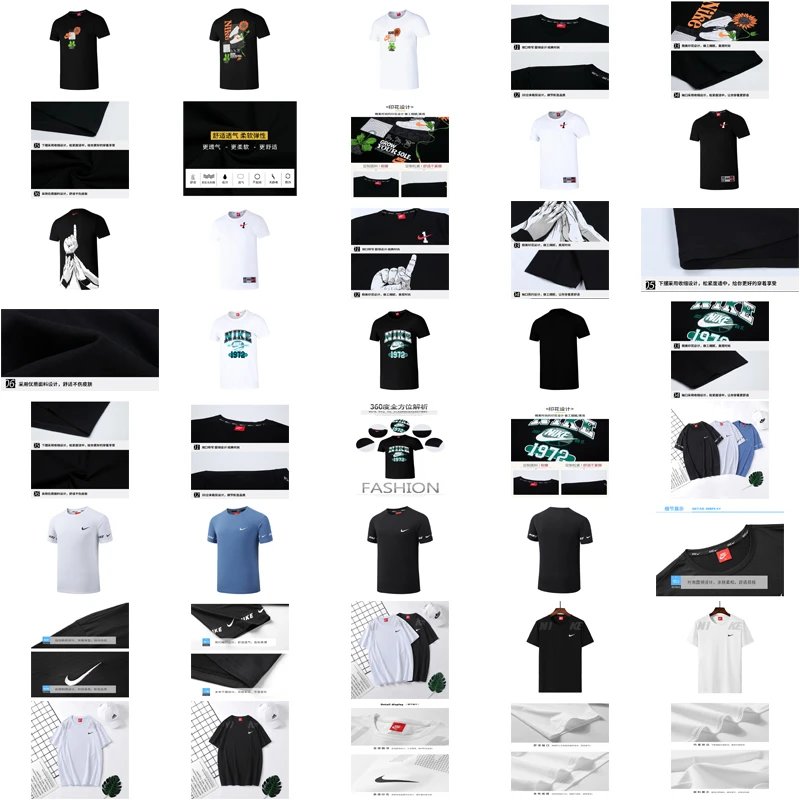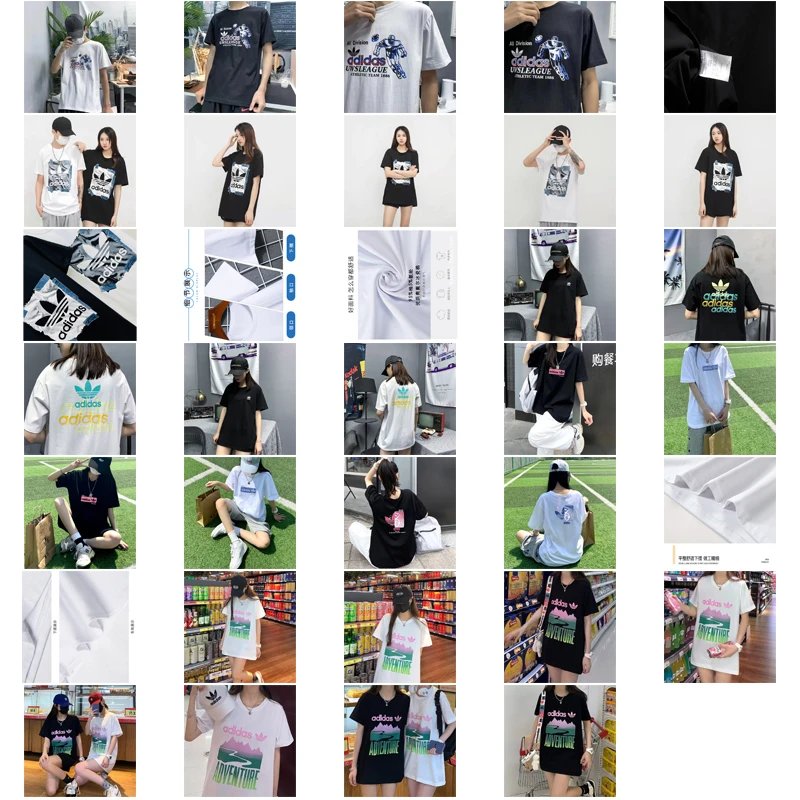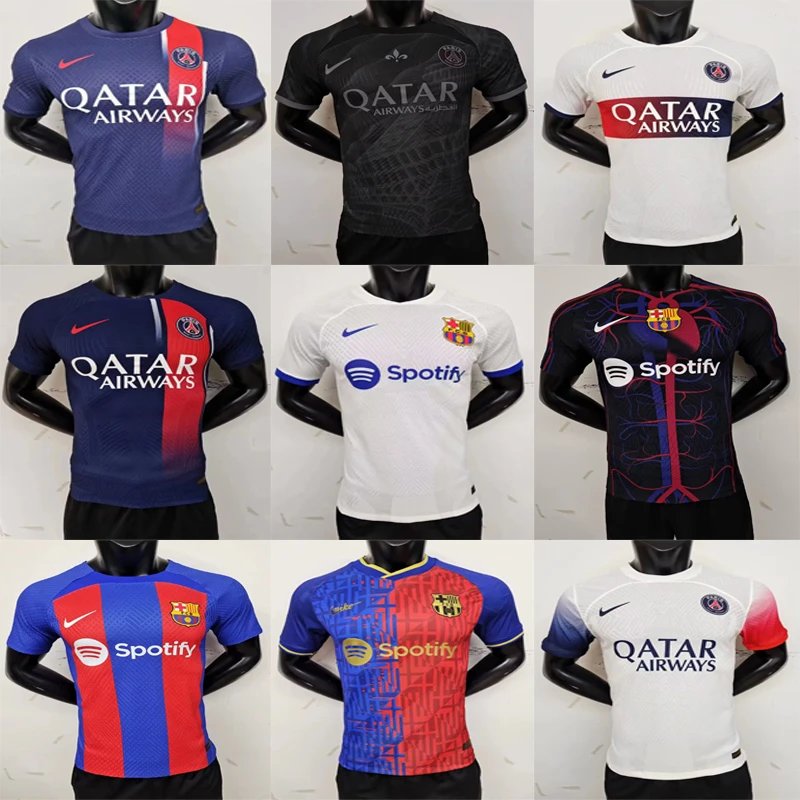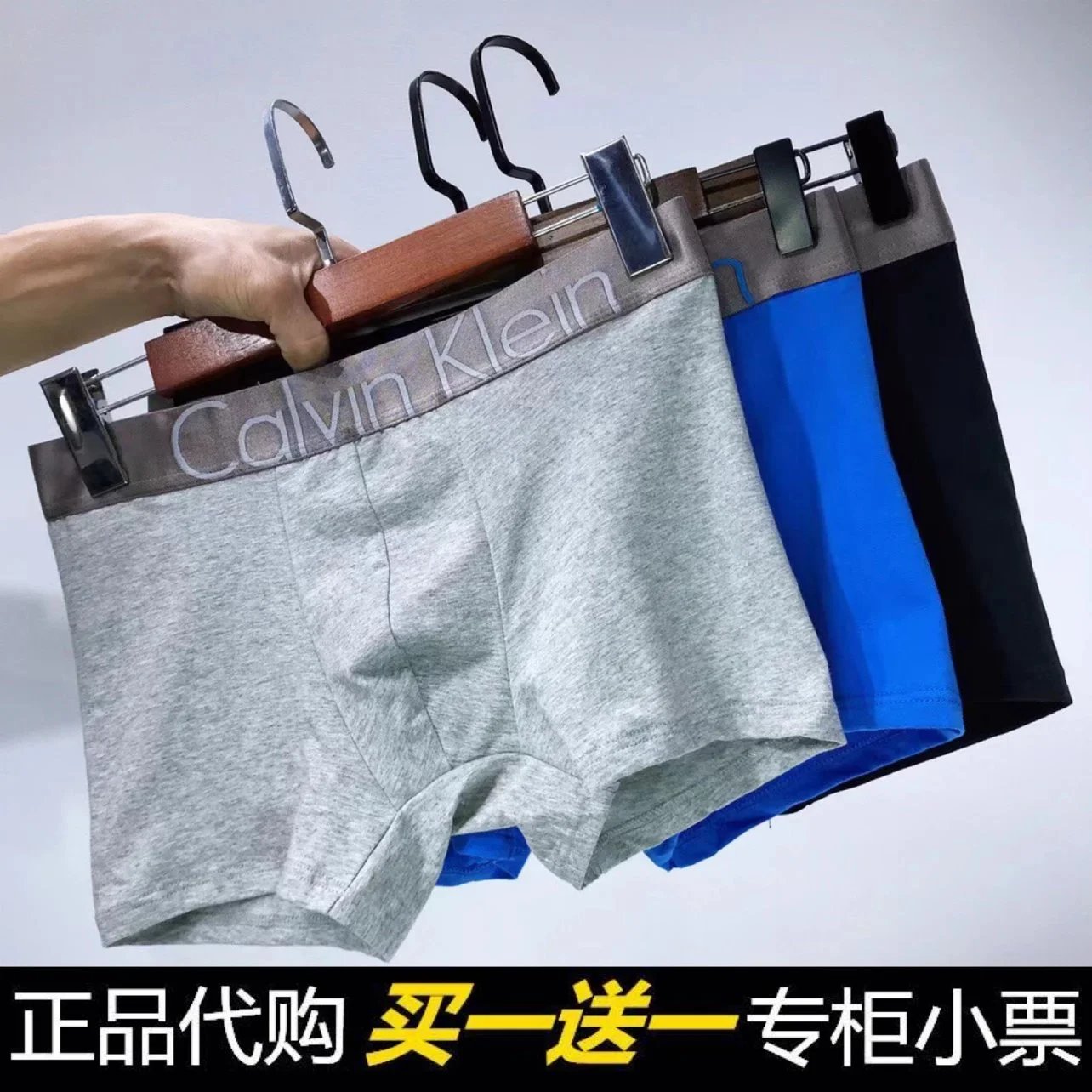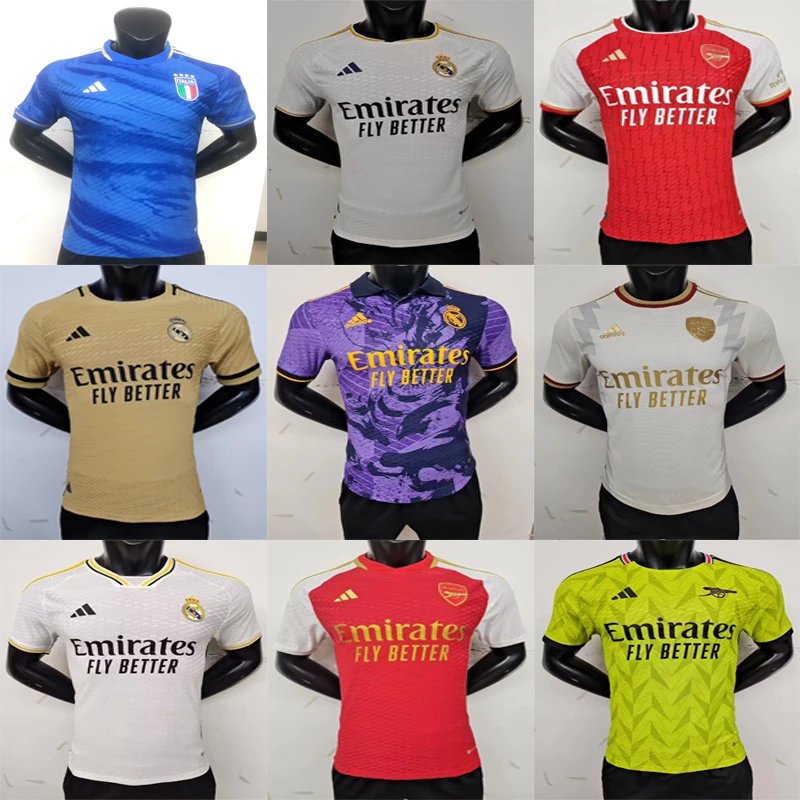MuleBuy vs TangBuy: Key Differences Explained
When choosing a Chinese shopping agent, understanding the differences between MuleBuy and TangBuy can significantly impact your cross-border shopping experience. These platforms differ markedly in their target users, submission methods, customer support, and overall user experience.
1. Target Audience: Beginners vs Experienced Shoppers
TangBuy
MuleBuy, by contrast, targets more experienced shoppers who want greater control. The platform emphasizes independent link submission and flexible order placement. TangBuy:
MuleBuy:
TangBuy's automation reduces decision fatigue, while MuleBuy's system provides access to specific product variations. Final Recommendation: Choose TangBuy for occasional purchases when convenience matters most. Select MuleBuy when you need specialized purchasing control for valuable items or bulk orders. Both platforms offer reliable purchasing channels - your selection should mirror your technical comfort level and desired involvement in the shopping process. Consider starting with TangBuy before transitioning to MuleBuy as your China purchasing needs become more sophisticated.2. Platform Freedom and Submission Methods
3. Operation Complexity
TangBuy Efficiency
MuleBuy Control Features
4. Support Systems Compared
Service Aspect
TangBuy
MuleBuy
Pre-Purchase Support
Automated help center
Dedicated order consultant
Issue Resolution
72-hour response guarantee
Priority support for bulk orders
After-Sales Service
System-directed returns process
Case-based return mediation
